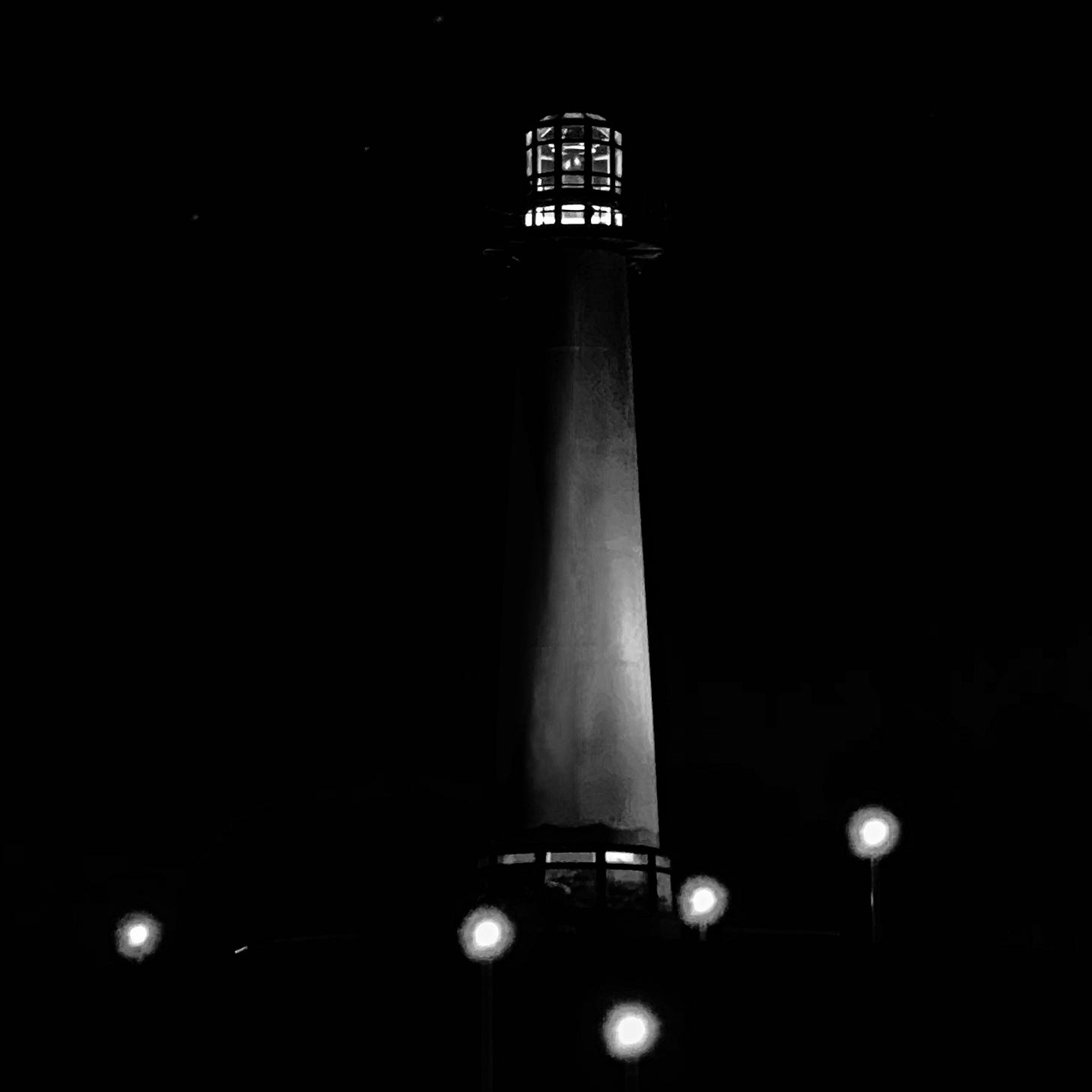Pharos: Tunnel Gauntlet & Horizon Keep
"The light-house looked lovely as hope, that star on life's tremulous ocean." —Thomas Moore

When he was about four years old, my brother became obsessed with lighthouses. It started, as best either one of us can recall all these decades later, with a book about the Seven Wonders of the Ancie…



